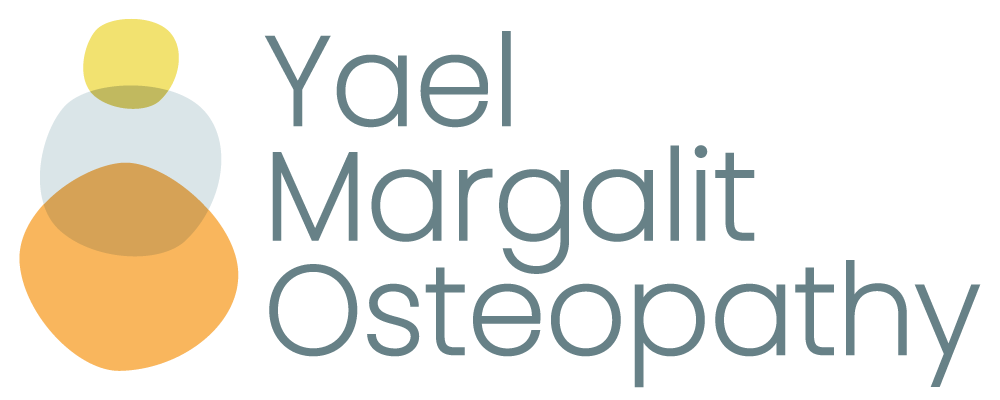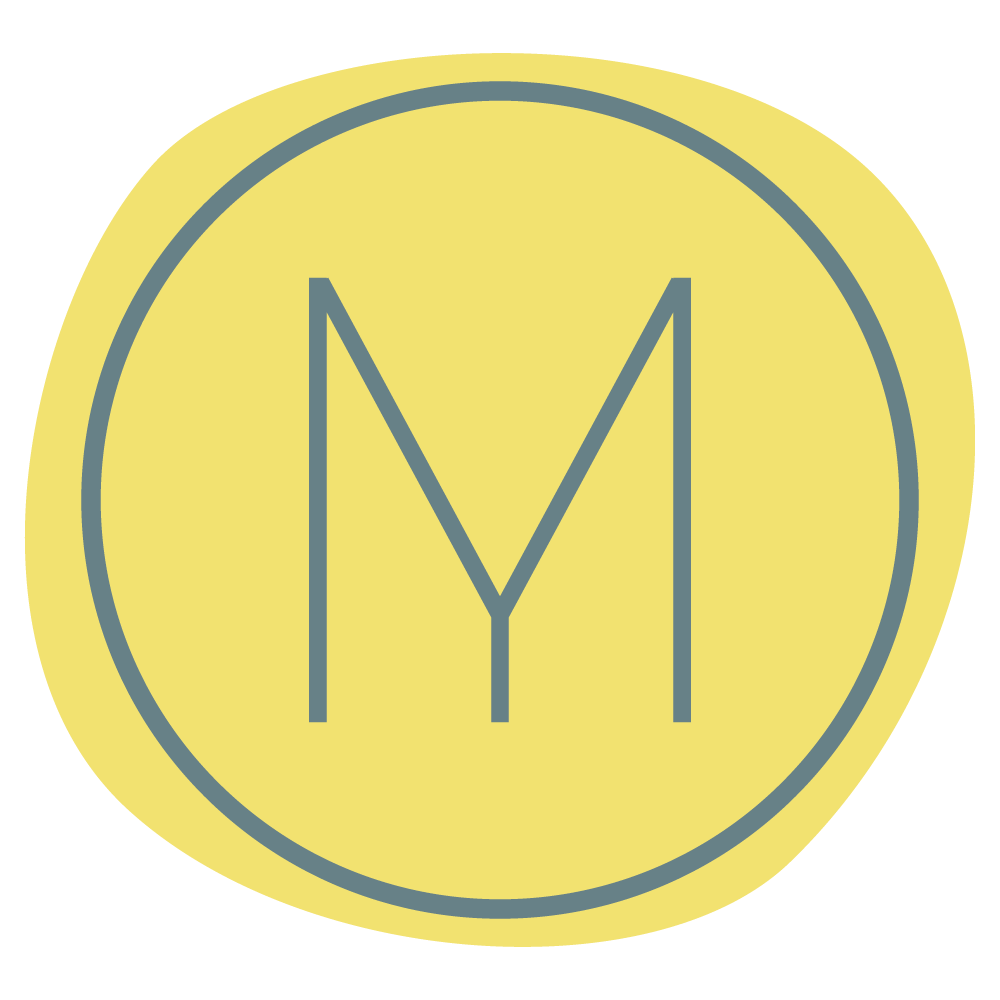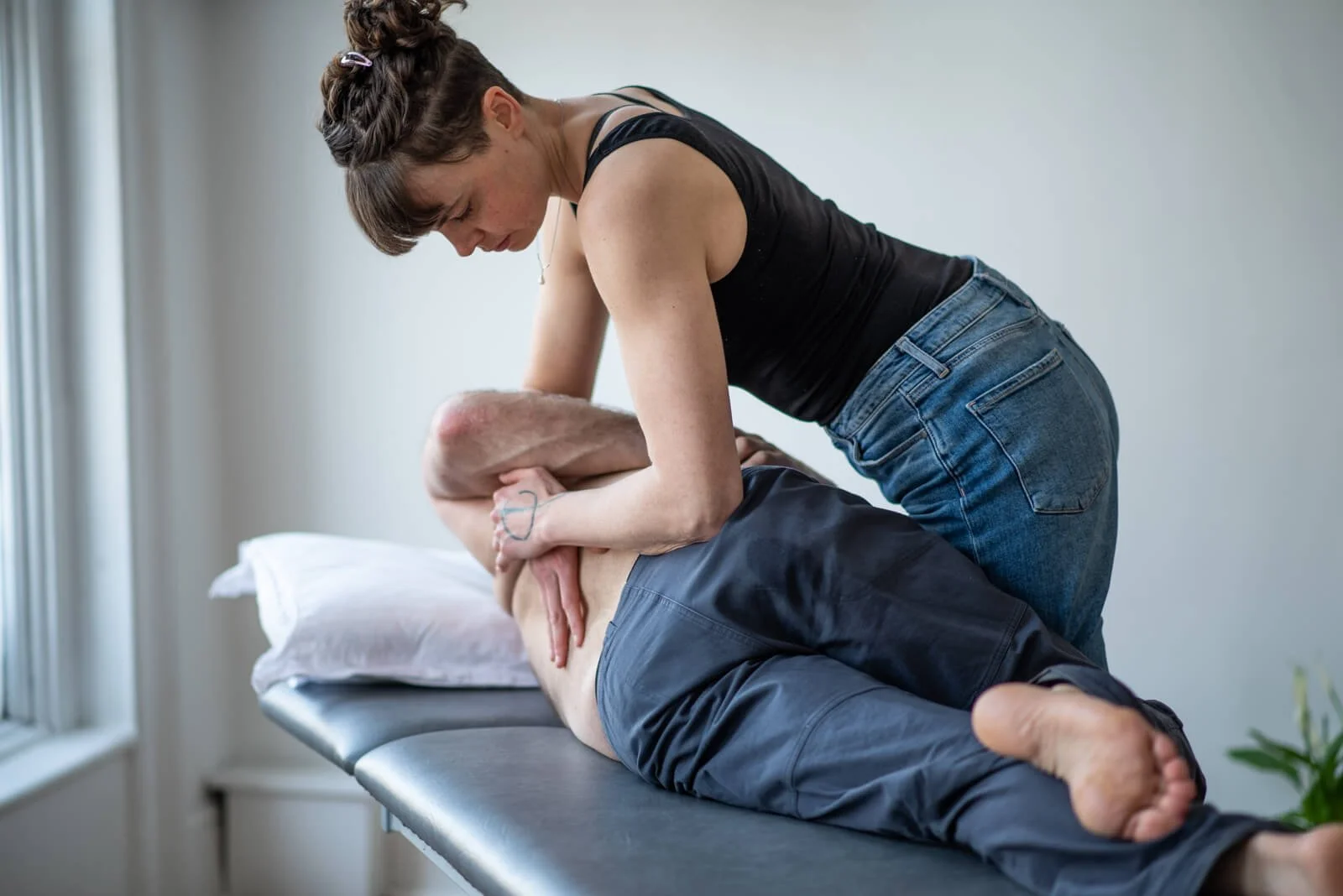Osteopathy vs Physiotherapy: What’s The difference?
Osteopathy vs Physiotherapy
Before I begin, I want to acknowledge that I’m writing this from the perspective of an osteopath. While I hope to write objectively, I don’t speak for all osteopaths or physiotherapists — this simply reflects what I’m seeing in the modern landscape of both fields.
When people hear “osteopathy” and “physiotherapy,” they often imagine two very different approaches to healthcare. One conjures images of gentle hands-on treatment in a quiet clinic room; the other, exercise programs and rehabilitation gyms. In truth, modern osteopaths and physiotherapists now share far more similarities than differences.
Both professions aim to reduce pain, restore movement, and improve quality of life — and both have evolved to embrace evidence-based, whole-body care.
Shared Foundations: What Osteopaths and Physiotherapists Have in Common
Osteopathy and physiotherapy are both grounded in a deep understanding of anatomy, physiology, and how the body moves and adapts.
They share several key principles:
Treat the person, not just the symptom. Both approaches look beyond the painful area to find underlying causes — postural habits, movement patterns, stress, or lifestyle factors.
Encourage active recovery. Exercise, education and patient involvement are central to both professions today.
Combine hands-on and active treatment. Whether it’s soft tissue work, joint mobilisation or movement re-education, both aim to restore healthy body function.
Adopt a holistic mindset. Modern clinicians recognise the interplay between physical, psychological and social factors in pain and recovery.
In short, osteopathy and physiotherapy have both moved toward a biopsychosocial model of care — one that recognises the complexity of human health and prioritises collaboration, communication and patient empowerment.
Where Osteopathy and Physiotherapy Still Differ
Although osteopathy and physiotherapy often look similar in practice, their roots and philosophies still influence how each profession approaches treatment.
Osteopathy: Starting With Structure
Osteopathy began with the belief that the body is a self-healing, self-regulating system where structure and function are closely linked. Traditionally, osteopaths relied heavily on hands-on treatment, using palpation to identify and release restrictions in joints and tissues. Modern osteopaths now combine manual therapy with exercise, movement education, and lifestyle advice, offering a balanced and evidence-based approach to care.
Physiotherapy: Focusing on Function
Physiotherapy developed from rehabilitation science, with the main goal of restoring movement and function after injury or illness. Assessments often use measurable tools — strength testing, range of motion checks and movement analysis. Physiotherapists typically emphasise exercise, progressive loading, and patient education, using manual therapy when it supports functional recovery.
In simple terms, osteopaths often start with structure and integrate movement, while physiotherapists start with function and add manual therapy when needed. In reality, those lines are now beautifully blurred — both professions continue to evolve and learn from each other.
It’s Not the Profession — It’s the Practitioner
The biggest difference in patient experience today often depends less on the title and more on the therapist’s individual approach. In both fields, there’s a full spectrum — from purely manual to purely movement-based care.
In the building where I work, osteopaths and physiotherapists collaborate regularly — sharing ideas, techniques and referrals.
I don’t see this overlap as a loss of identity; to me, it’s a sign of evolution.
Each profession brings its own strengths and perspectives and when we work together, patients benefit from a more complete, well-rounded approach to care.
Ultimately, what matters most is finding a clinician who listens and assesses you as a whole person, while integrating the right mix of hands-on care, exercise and education to suit your needs.


